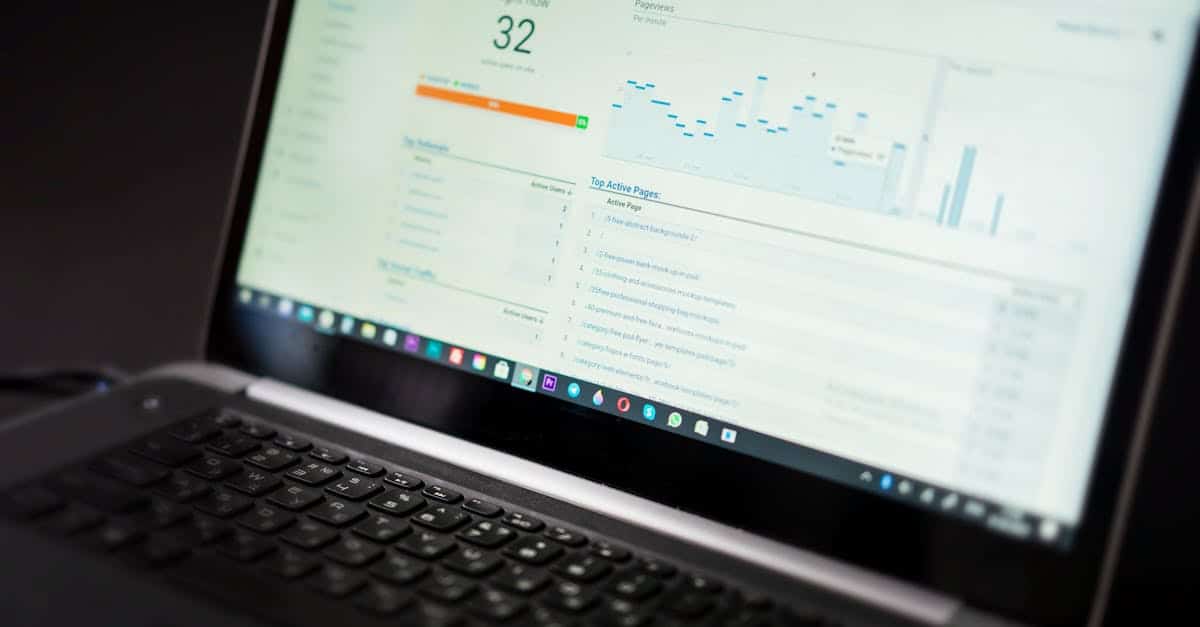
Introduction
If your small business is still juggling paper offer letters, manual data entry, and disconnected systems, you’re losing time, creating errors, and increasing compliance risk. This 90‑day roadmap is built to fix that fast: prioritize the highest‑impact work, use document automation (e‑signatures, web forms and ready‑made templates) to remove busywork, and apply HR digitization to convert repetitive tasks into auditable, measurable workflows.
Over three focused 30‑day phases you’ll capture quick wins (digitize offers and onboarding), integrate an HRIS and automate intake and checks, then launch self‑service, dashboards, and SLAs to measure adoption and ROI. Read on for practical templates, KPIs, and a security checklist that get you live and proving value in 90 days.
Phase 1 (Days 0–30): Assess processes, quick wins (offers, e‑sign, onboarding forms) and essential templates to deploy first
Goal: Rapidly reduce manual work and secure early wins that demonstrate HR digitization value.
Start with a short discovery: map core HR processes (recruiting, offer, onboarding, time-off, payroll intake) and capture pain points. This builds the baseline for an HR digital transformation and answers the basic question of hr digitization meaning for your organization.
Quick wins (deploy in days 0–30)
- Digitize offer letters: Use standardized, e-signed offer templates to shorten time-to-offer. See a ready offer template: https://formtify.app/set/job-offer-letter-74g61.
- E-sign and appointment letters: Move appointment and employment agreements to secure e-sign workflows — faster acceptance and auditable records. Example templates: https://formtify.app/set/appointment-letter-27avk and https://formtify.app/set/employment-agreement—california-law-dbljb.
- Onboarding forms & authorizations: Replace paper forms with web forms and e-consent (including HIPAA if needed): https://formtify.app/set/hipaaa-authorization-form-2fvxa.
Practical steps
- Run a 1-week pilot with recruiting and HRBP to test the offer + e-sign combo.
- Document existing form usage and volume — this identifies where paperless HR processes will deliver fastest ROI.
- Choose one HR software or form platform to centralize workflows (start evaluating HRIS options now).
These activities deliver early wins for HR automation and demonstrate how human resources digitalization reduces cycle time and error.
Phase 2 (Days 31–60): Integrate HRIS, automate background checks, leave and payroll intake, and set retention rules
Goal: Connect systems and automate routine intake to eliminate duplicate entry and support compliance.
Integrate core systems
Implement or integrate an HRIS (cloud HR system) as the canonical source of employee data. Use APIs, SFTP or built-in connectors to sync recruiting, payroll, and time-off systems. This is a key part of your HR digital transformation and a central element of long-term HR digitization.
Automations to prioritize
- Background checks: Automate candidate triggers and vendor handoffs so checks run only after conditional offer acceptance.
- Leave intake & approvals: Route time-off requests from employee self-service to HRIS and managers with automated accrual checks.
- Payroll intake: Automate new-hire data flow (pay rates, benefits elections) from onboarding forms into payroll feeds.
- Records retention rules: Apply retention and archival policies in the HRIS or document store to meet compliance needs.
Configuration & data hygiene
- Define field mappings (e.g., candidate ID → employee ID) and master data rules.
- Migrate legacy forms and ensure consistent naming and taxonomy across systems.
- Document automated flows and establish error-handling steps (notifications, retries).
By day 60 you should be running integrated workflows that embody HR automation, reduce duplicate entry, and set the foundation for workforce analytics and reporting.
Phase 3 (Days 61–90): Build self‑service flows, analytics dashboards, and SLAs — measure adoption and process KPIs
Goal: Turn integrated systems into usable services: employee self-service, manager workflows, and measurable KPIs.
Self‑service and manager flows
Launch employee self-service portals and mobile forms so staff can update personal details, submit leave requests, and complete onboarding tasks without HR intervention. This supports a paperless HR experience and improves adoption.
Analytics & SLAs
- Build dashboards for recruiting, onboarding completeness, task SLAs, and case volumes.
- Define SLAs (e.g., offer issued within X hours, background-check completion time) and automate escalations.
- Use workforce analytics to identify bottlenecks and guide continuous improvement.
Adoption & training
- Run targeted training and micro-guides in the portal to increase use.
- Measure adoption with login rates, task completion, and form submission trends.
At the end of 90 days you’ll have a functional HRIS-backed experience with visible metrics that prove the value of your HR digital transformation and the broader move toward human resources digitalization.
Template pack by phase: recommended Formtify templates to launch in each 30‑day window
Use templates to accelerate deployment. Below are recommended Formtify templates for each phase.
Days 0–30 (Quick wins)
- Job offer letter — prebuilt offer template: https://formtify.app/set/job-offer-letter-74g61
- Appointment letter — standard appointment form: https://formtify.app/set/appointment-letter-27avk
- Employment agreement (California example) — for locale-specific clauses: https://formtify.app/set/employment-agreement—california-law-dbljb
Days 31–60 (Integrations & intake)
- Onboarding packet (combine forms and e-sign flows) — convert existing hire packets into online forms.
- Background-check authorization and intake — link consent forms to vendor APIs.
- Payroll intake forms — structured fields to feed payroll/HRIS.
Days 61–90 (Self-service and analytics)
- Employee data change request forms — self-service updates routed to HRIS.
- Leave request workflows with manager approval and SLA tracking.
- Compliance authorizations (e.g., HIPAA) — example: https://formtify.app/set/hipaaa-authorization-form-2fvxa
If you need local customization, treat these templates as a baseline and add locale-specific compliance fields and retention metadata. These are practical examples of hr digitization tools you can deploy immediately.
KPIs and dashboards to monitor: time-to-fill, onboarding completeness, form completion rate, and support tickets reduced
Key KPIs to track for HR digitization ROI:
- Time-to-fill: Measure days from requisition to accepted offer. Break down by stage to find bottlenecks.
- Offer acceptance rate: Percentage of offers signed electronically within target SLA.
- Onboarding completeness: % of new-hire tasks completed by day 1, day 7, day 30.
- Form completion rate: % of forms submitted correctly the first time (fewer resubmissions = better data quality).
- Support tickets / HR case volume: Track reduction in transactional inquiries after self-service launch.
- Process SLA compliance: % of workflows that meet defined SLAs (background checks, payroll data entry).
Dashboard tips
- Use a mix of operational (real-time queues) and strategic (trend over months) views.
- Include filters by department, location, and role to spot local issues.
- Correlate adoption metrics (portal logins, form submissions) with service KPIs to measure behavioral change.
These KPIs show the value of HR automation and help calculate the ROI of your HR digital transformation project.
Change management and security checklist: communication plan, role‑based access, DPAs, and data backup
Change management essentials
Communications plan
- Announce milestones and benefits to managers and employees before each phase.
- Use targeted emails, town halls, and in-portal tips; provide quick reference guides for new workflows.
- Track feedback channels and iterate the experience.
Training & support
- Offer short role-based training (HR admins, managers, employees) and record sessions for on-demand access.
- Set up a go-live support rotation with SLAs for response and escalation.
Security & compliance checklist
- Role-based access control (RBAC): Limit access to PII/compensation data by role and enforce least privilege.
- Data processing agreements (DPAs): Ensure vendors (HRIS, background-check providers, form platforms) have DPAs in place to meet legal requirements.
- Encryption & backups: Encrypt data at rest and in transit; schedule regular backups and test restores.
- Audit trails & e-sign evidence: Keep immutable logs for form submissions, approvals, and e-sign events.
- Privacy & retention: Publish retention schedules and ensure automated retention rules are enforced in the HRIS.
Combining a clear communications plan and strong security controls gives you both adoption and compliance. These steps complete a practical, 90-day digital HR roadmap that leverages HR software, HRIS, and HR digitization best practices — and provides tangible examples and tools for teams searching for hr digitization services near me or looking to evaluate hr digitization examples.
Summary
This 90‑day roadmap gives you a clear, practical path: capture quick wins (digitize offers and onboarding), connect systems and automate intake, then launch self‑service and dashboards to measure impact. Document automation removes repetitive work, creates auditable records that help legal and HR teams reduce errors and speed decisions, and makes compliance and retention rules enforceable. With defined KPIs and a phased rollout you can prove value quickly and iterate where needed. Ready to get started? Explore templates and workflows at https://formtify.app to accelerate your implementation.
FAQs
What does HR digitization mean?
HR digitization means converting manual, paper‑based HR processes into digital workflows and data that are auditable and integratable. It covers everything from e‑signed offer letters and web onboarding forms to a central HRIS and automated intake that reduce errors and speed execution.
How do I start digitizing HR?
Begin with a short discovery to map core processes and identify high‑impact pain points, then target quick wins like digitizing offers and onboarding with e‑sign and templates. Run a one‑week pilot, pick a single platform to centralize forms and flows, and expand integrations in the next 30–60 days.
What are the main benefits of HR digitization?
Key benefits include faster cycle times (time‑to‑offer, onboarding), fewer manual errors, stronger compliance through audit trails and retention rules, and improved employee experience via self‑service. It also unlocks measurable insights so you can track ROI with KPIs like onboarding completeness and form completion rates.
How much does HR digitization cost?
Costs vary by scope — licensed HRIS platforms, e‑signature and form tools, and integration work are the main drivers; some small businesses can start with template‑based form platforms and low monthly fees. Use a phased approach to limit upfront investment, and measure savings (reduced admin hours, fewer errors) to calculate payback.
Which tools are commonly used for HR digitization?
Common tools include an HRIS as the canonical data source, e‑signature services, web form/document automation platforms, background‑check integrations, and analytics/dashboard tools. Choose solutions that offer connectors or APIs so onboarding, payroll, and time systems can sync and sustain automated workflows.





